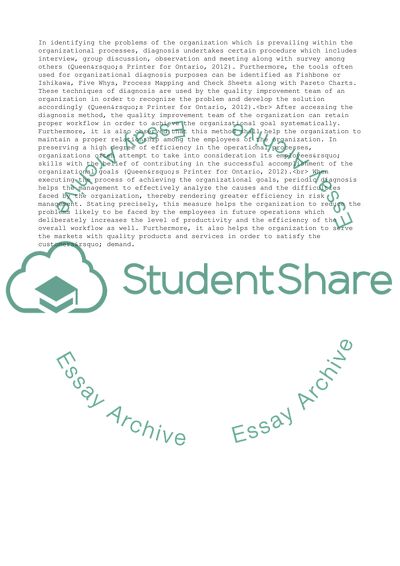Cite this document
(Organization Development, Better Growth Prospects and Competitive Adva Assignment, n.d.)
Organization Development, Better Growth Prospects and Competitive Adva Assignment. Retrieved from https://studentshare.org/business/1783853-organization-development
Organization Development, Better Growth Prospects and Competitive Adva Assignment. Retrieved from https://studentshare.org/business/1783853-organization-development
(Organization Development, Better Growth Prospects and Competitive Adva Assignment)
Organization Development, Better Growth Prospects and Competitive Adva Assignment. https://studentshare.org/business/1783853-organization-development.
Organization Development, Better Growth Prospects and Competitive Adva Assignment. https://studentshare.org/business/1783853-organization-development.
“Organization Development, Better Growth Prospects and Competitive Adva Assignment”, n.d. https://studentshare.org/business/1783853-organization-development.


